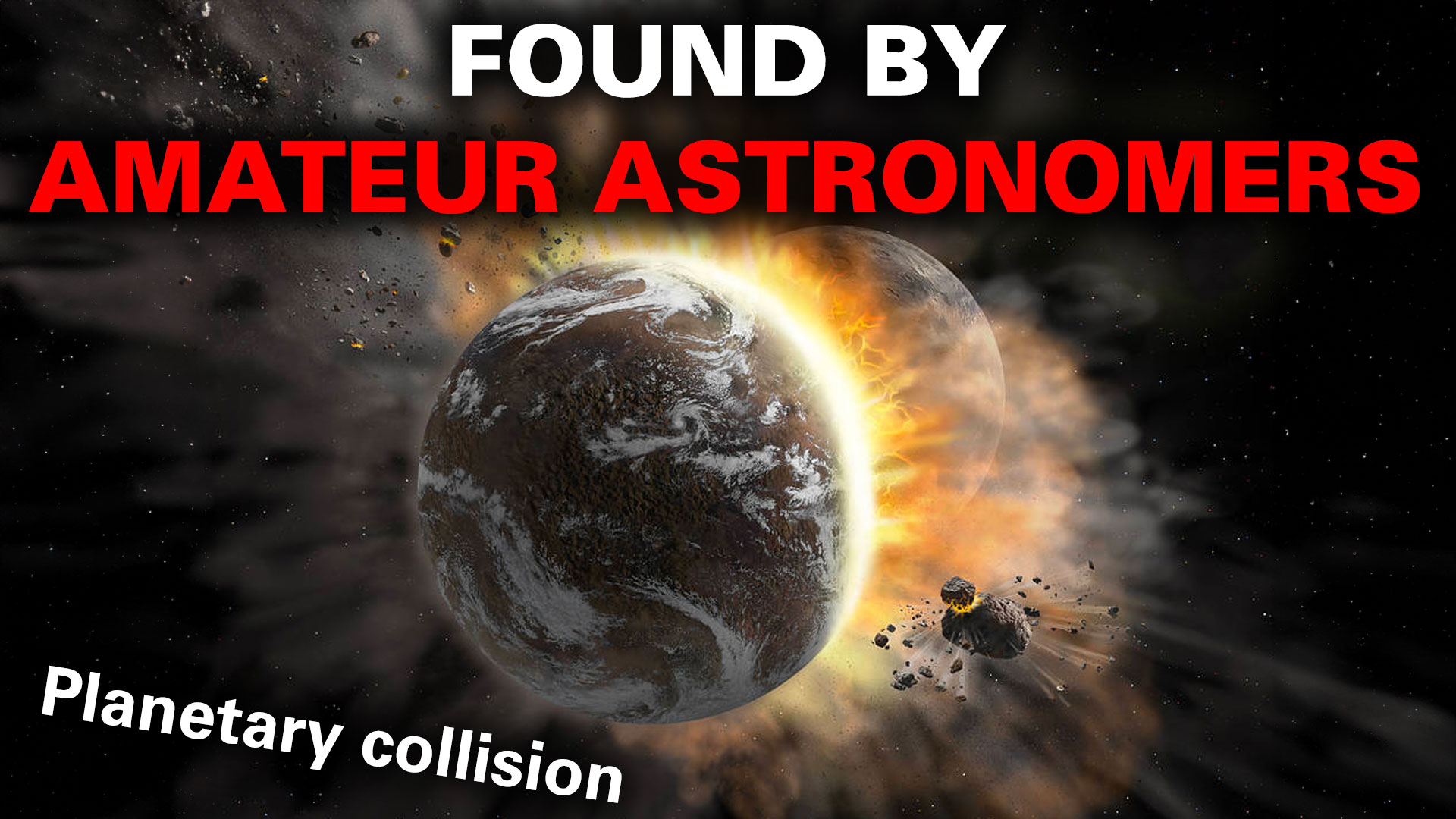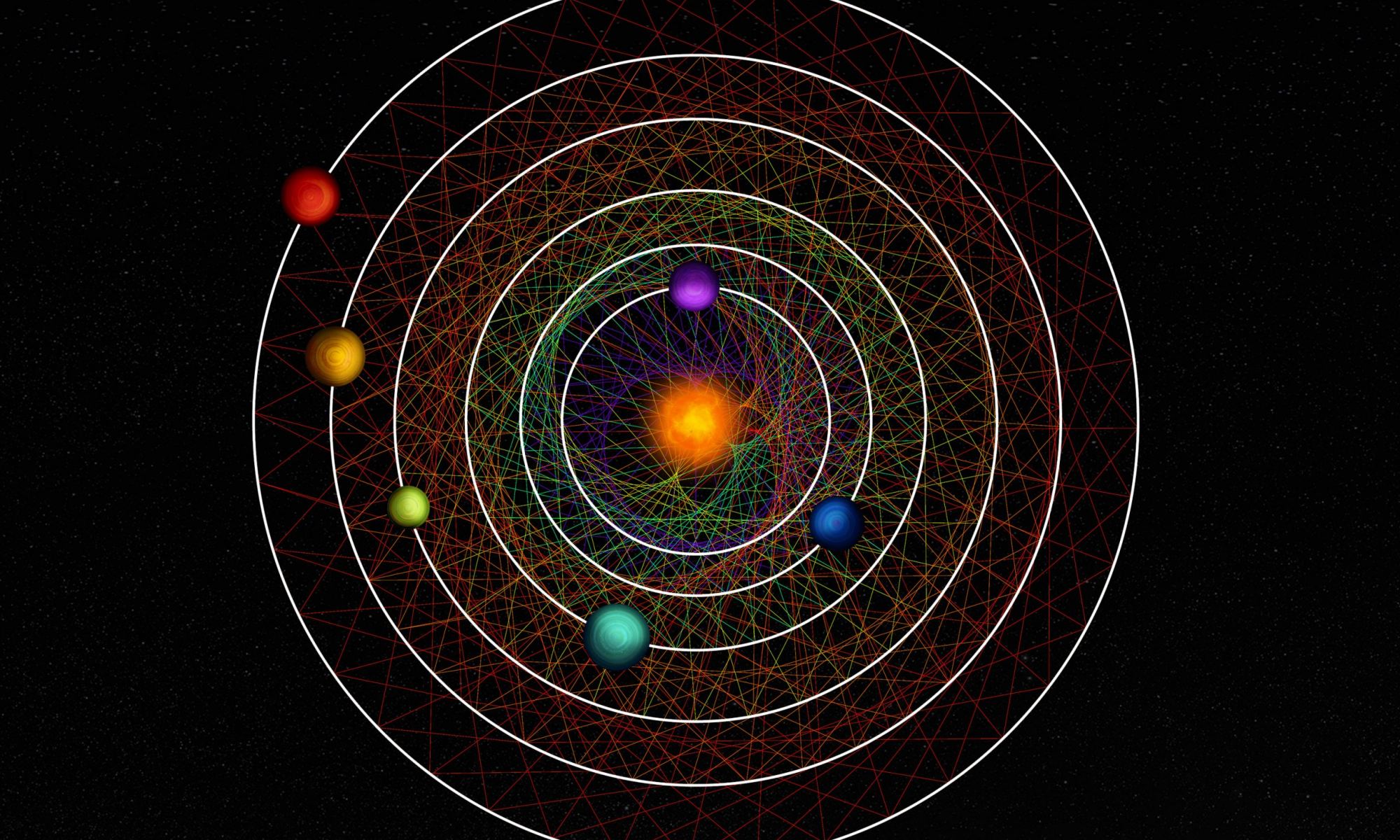We have been treated to some amazing aurora displays over recent months. The enigmatic lights are caused by charged particles from the Sun rushing across space and on arrival, causing the gas in the atmosphere to glow. Now researchers believe that even on exoplanets around pulsars we may just find aurora, and they may even be detectable.
Continue reading “Planets Orbiting Pulsars Should Have Strange and Beautiful Auroras. And We Could Detect Them”Exomoons Defy Discovery
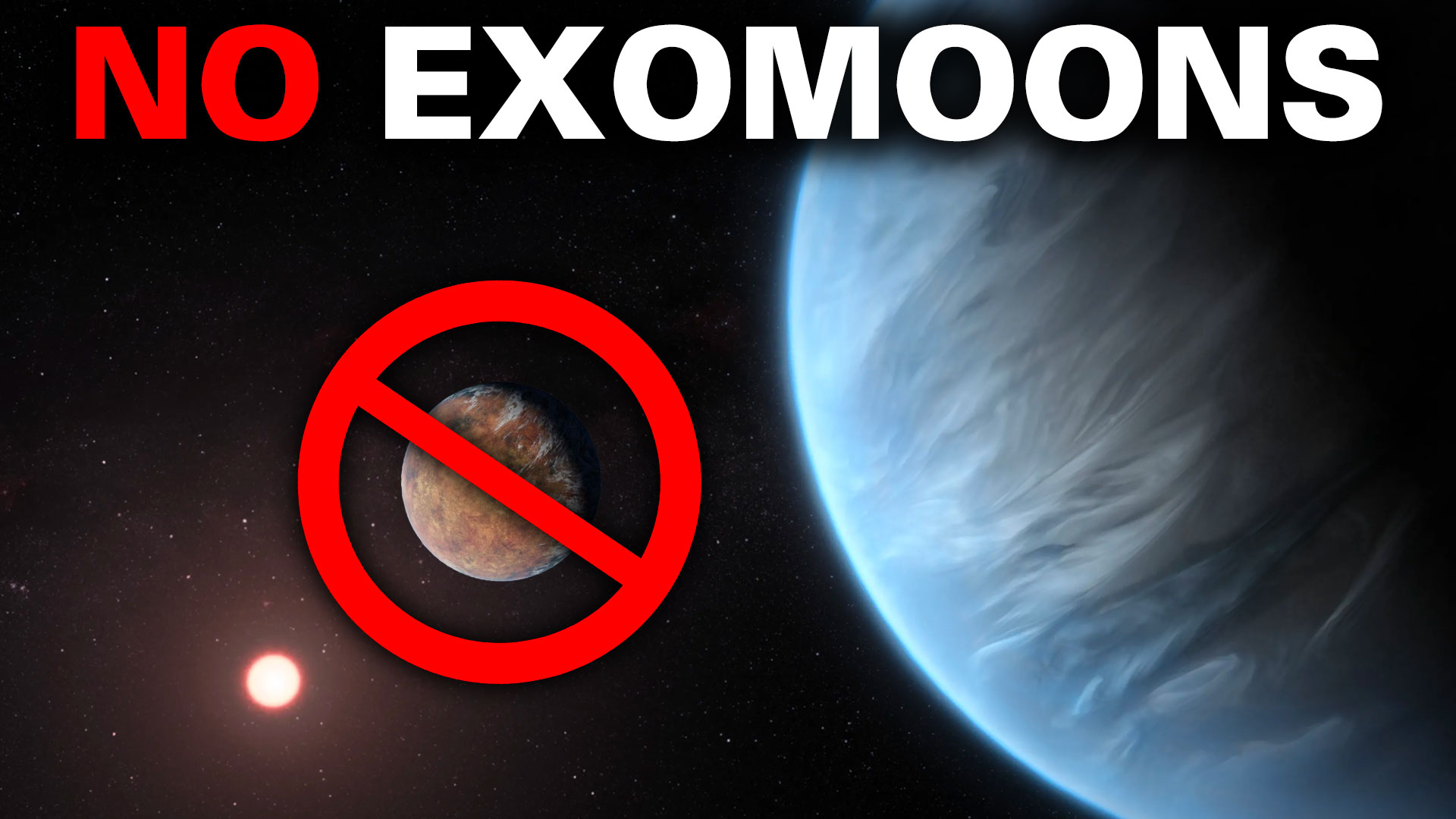
For a long time, we wondered if other stars hosted planets like the Sun does. Finally, in the 1990s, we got our answer. Now, another question lingers.
Most of the planets in our Solar System have moons. Do exoplanets have exomoons?
Continue reading “Exomoons Defy Discovery”Amateur Astronomers Found Planets Crashing Into Each Other
Astronomy is one of the sciences where amateurs make regular contributions. Over the years, members of the public have made exciting discoveries and meaningful contributions to the scientific process, either through direct observing, citizen science projects, or through combing through open data from the various space missions.
Recently, amateur astronomer Arttu Sainio saw a conversation on X (Twitter) where researchers were discussing the strange behavior of a dimming sun-like star. Intrigued, Arttu decided to look at the data on this star, called Asassn-21qj, on his own. Looking at archival data from NASA’s NEOWISE mission, Sainio was surprised to find that the star had dimmed before, with an unexpected brightening in infrared light two years before the optical dimming event. So, he joined the discussion on social media and shared his finding – which led to more amateurs joining the research, which lead to an incredible discovery.
Continue reading “Amateur Astronomers Found Planets Crashing Into Each Other”ESA’s Ariel Mission is Approved to Begin Construction
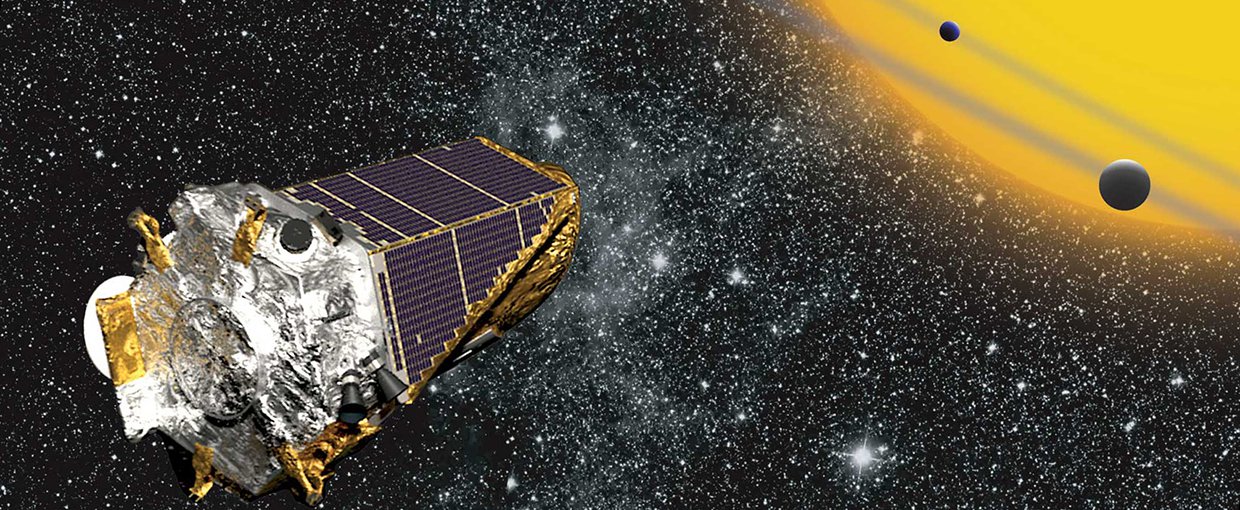
We’re about to learn a lot more about exoplanets. The ESA has just approved the construction of its Ariel mission, which will give us our first large survey of exoplanet atmospheres. The space telescope will help us answer fundamental questions about how planets form and evolve.
Continue reading “ESA’s Ariel Mission is Approved to Begin Construction”Astronomers Calculate Which Exoplanets Are Most Likely to Have Water
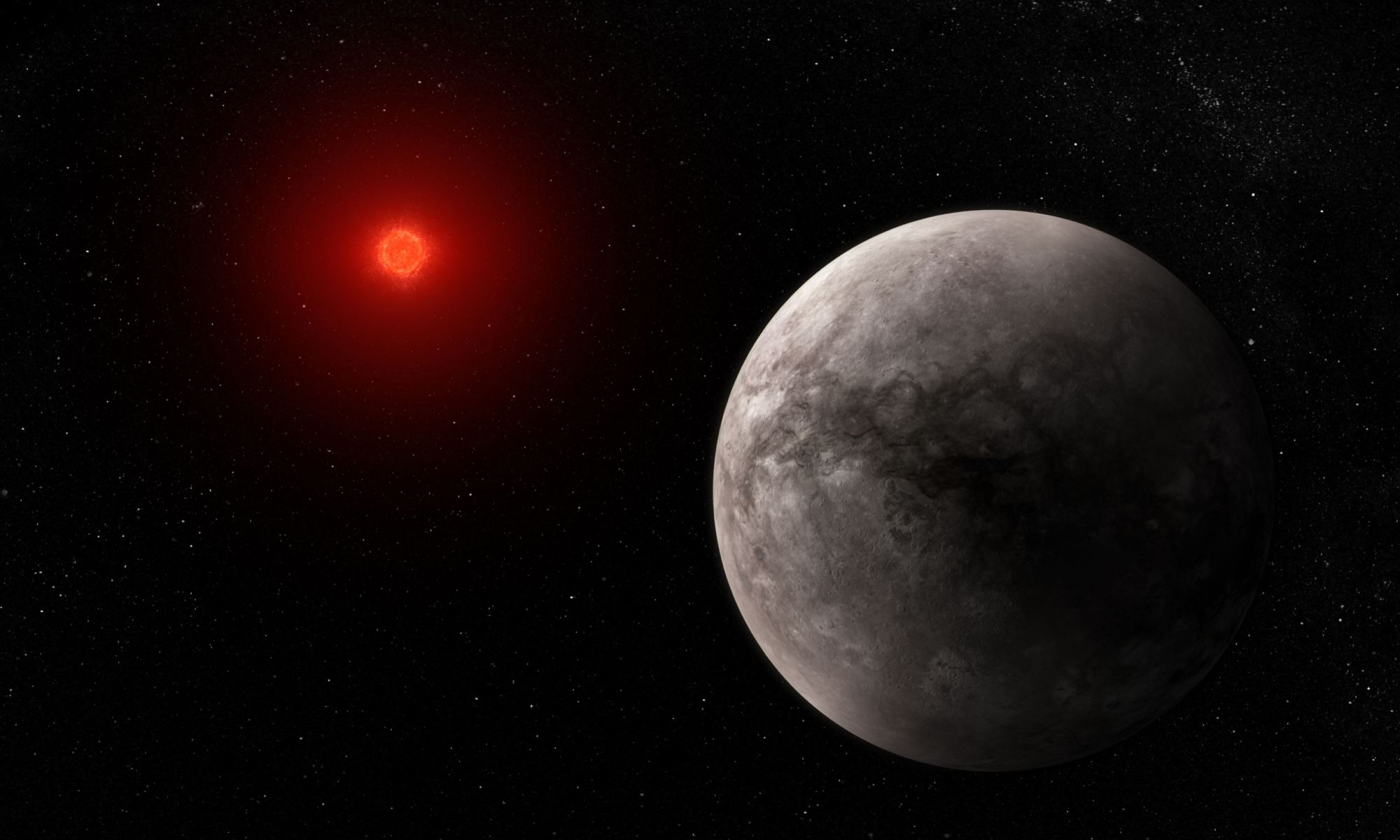
Astronomers know of about 60 rocky exoplanets orbiting in the habitable zones of their stars. When they try to determine how habitable these planets might be, detecting water in their atmospheres plays a huge role. But what if there was another way of measuring the water content in these worlds?
Researchers are developing a way of modelling these worlds to determine how much water they have.
Continue reading “Astronomers Calculate Which Exoplanets Are Most Likely to Have Water”This Planet is Way Too Big for its Star
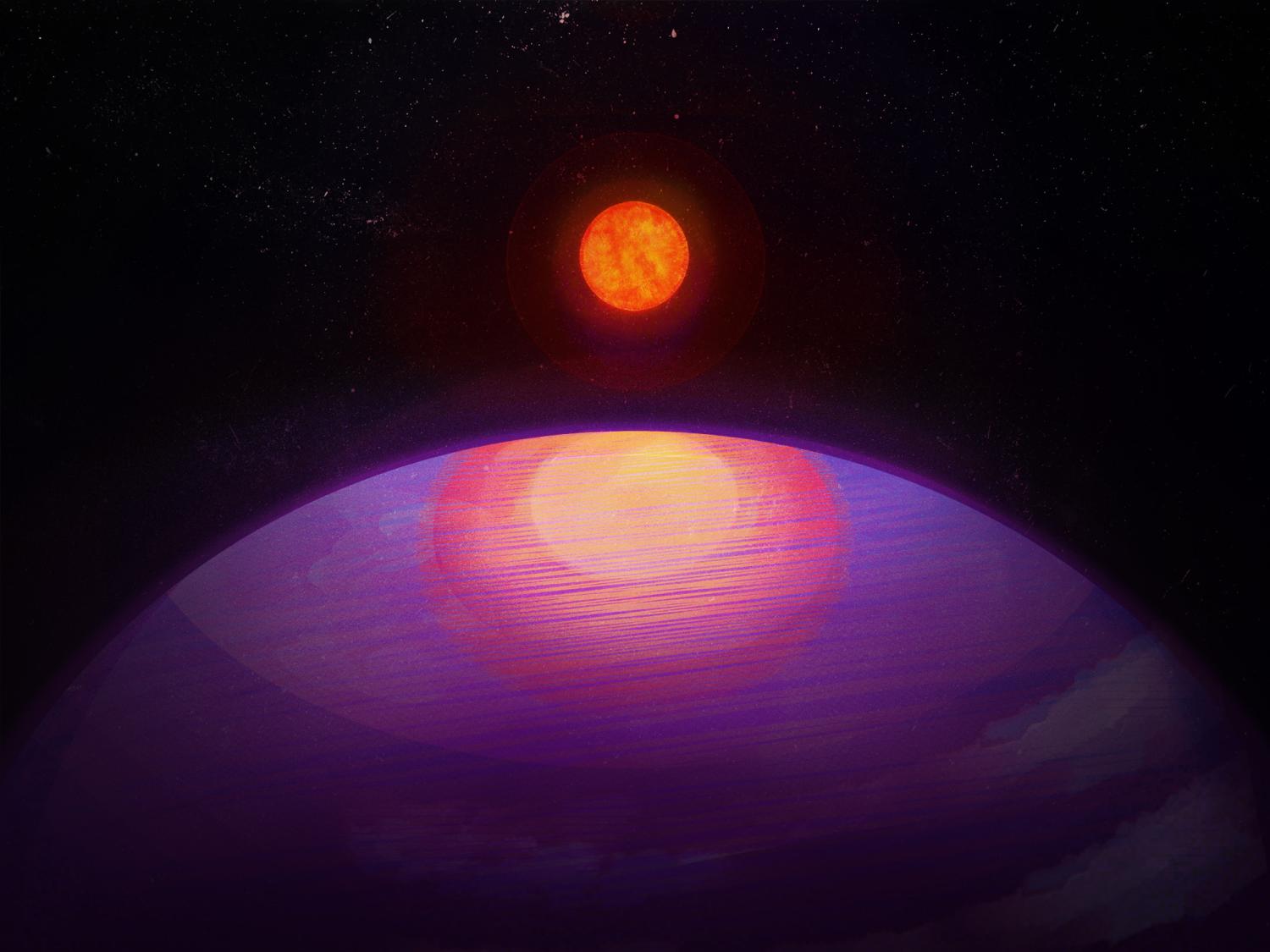
Scientists love outliers. Outliers are nature’s way of telling us what its boundaries are and where its limits lie. Rather than being upset when an outlier disrupts their understanding, scientists feed on the curiosity that outliers inspire.
It’s true in the case of a new discovery of a massive planet orbiting a small star. That goes against our understanding of how planets form, meaning our planet-formation model needs an update.
Continue reading “This Planet is Way Too Big for its Star”A Planetary System With Six Sub-Neptunes Locked in Perfect Resonance
A team of researchers led by University of Chicago astronomer Rafael Luque analyzed data acquired by both NASA’s Transiting Exoplanet Survey Satellite (TESS) and ESA’s CHaracterising ExOPlanet Satellite (Cheops) and found a unique planetary system. Orbiting a star cataloged as HD110067, this system contains six sub-Neptune planets. Incredibly, all six planets are orbiting in direct resonance with each other. The results of the work were published on November 29 in Nature.
Continue reading “A Planetary System With Six Sub-Neptunes Locked in Perfect Resonance”Where are All the Double Planets?
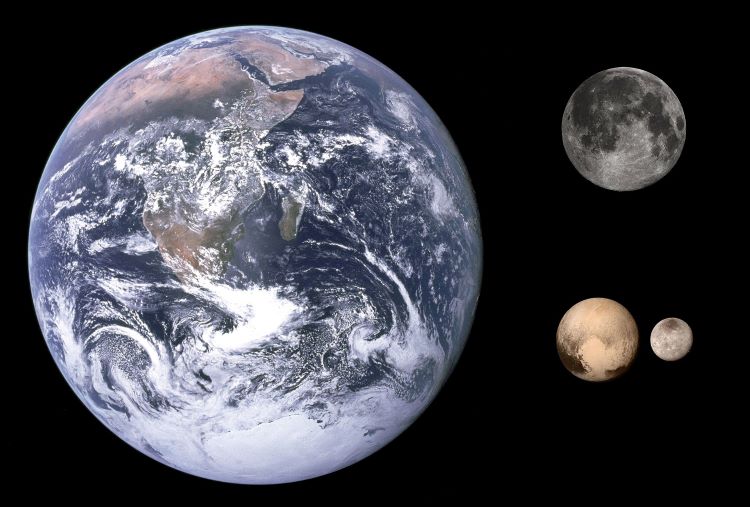
A recent study published in the Monthly Notices of the Royal Astronomical Society examines formation mechanisms for how binary planets—two large planetary bodies orbiting each other—can be produced from a type of tidal heating known as tidal dissipation, or the energy that is shared between two planetary bodies as the orbit close to each other, which the Earth and our Moon experiences. This study comes as the hunt for exomoons and other satellites orbiting exoplanets continues to expand and holds the potential to help astronomers better understand the formation and evolution of exoplanets and their systems. So, why is studying binary planets specifically important?
Continue reading “Where are All the Double Planets?”Wow. JWST Just Found Methane in an Exoplanet Atmosphere
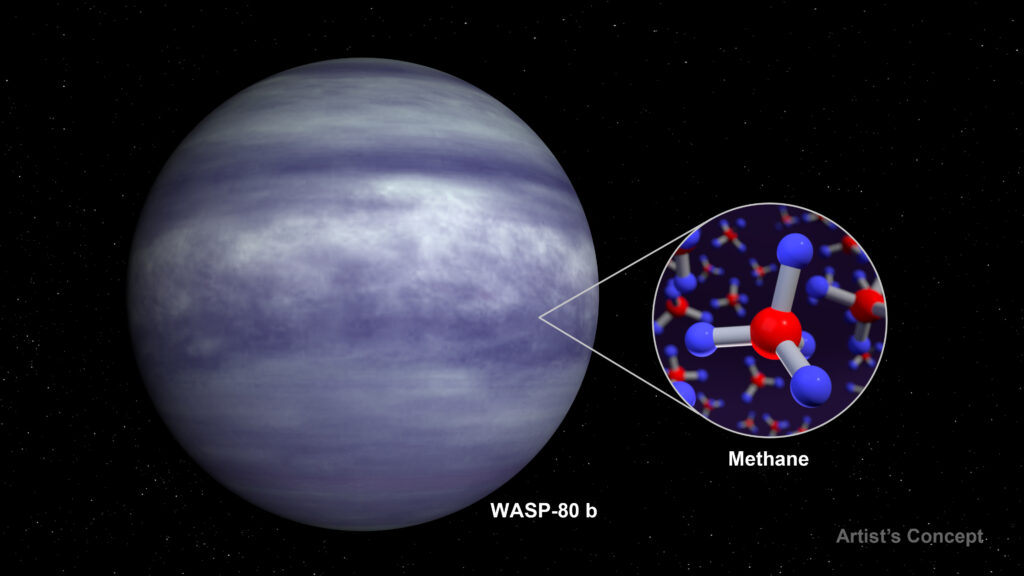
If there’s one chemical that causes excitement in the search for biosignatures on other worlds, it’s methane. It’s not a slam dunk because it has both biotic and abiotic sources. But finding it in an exoplanet’s atmosphere means that planet deserves a closer look.
Continue reading “Wow. JWST Just Found Methane in an Exoplanet Atmosphere”Hubble Succeeds Where TESS Couldn’t: It Measured the Nearest Transiting Earth-Sized Planet
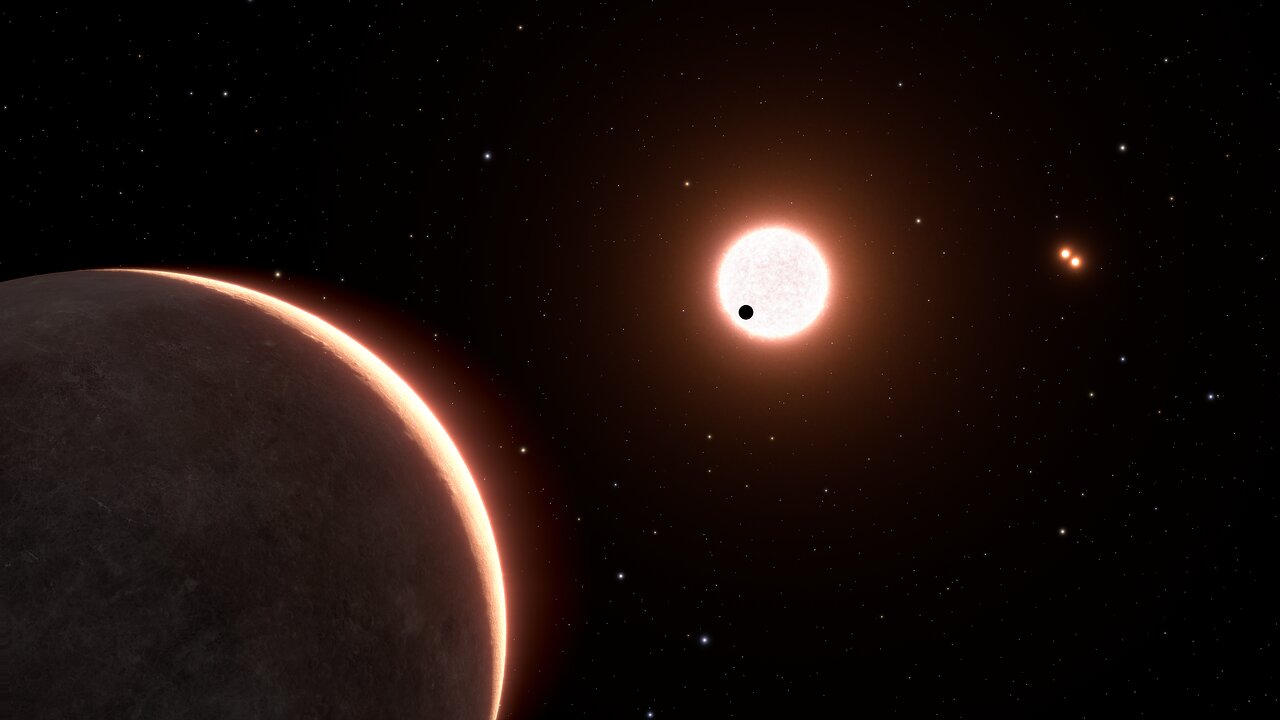
Twenty-two light-years away, a rocky world orbits a red dwarf. It’s called LTT 1445Ac, and NASA’s Transiting Exoplanet Survey Satellite (TESS) found it in 2022. However, TESS was unable to gauge the small planet’s size.
That’s okay. The venerable Hubble took care of it.
Continue reading “Hubble Succeeds Where TESS Couldn’t: It Measured the Nearest Transiting Earth-Sized Planet”

